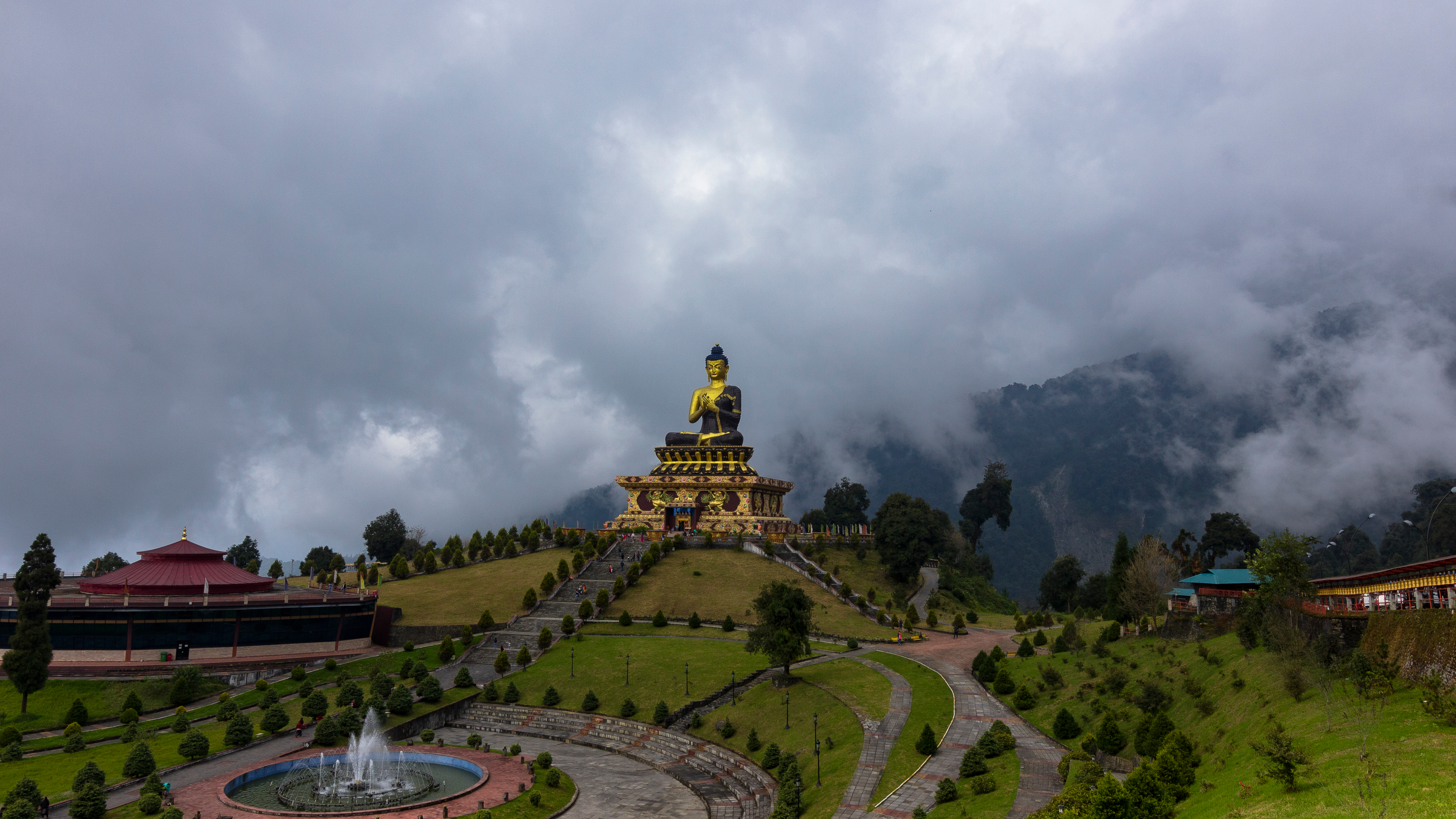Pingali Venkayya- The designer of our National Flag
The origins of flags lie in olden times. What started out as simply decorative streamers, or perhaps ceremonial images became superior to other emblems. Flags were cheap and simple to make, easy to carry and display; and attracted attention with their natural waving in the breeze
A flag represents an ideal. It is neither a piece of decoration, nor an object to be honoured for itself. It is honoured for what it represents. Many flags are held in high esteem for their history, for the sacrifices made by the people; for the qualities for which the country and people stand. As Indians, we all grew up with the image of our tricolour being the symbol that unites us all; people, in different states, most whom you’ve never known.
We all have the nostalgia, of pinning the flag proudly to our clothes on Independence Day and Republic Day. As familiar as we all are with our National Flag, the man who was responsible for its creation is not widely known to us.
Image Credit – Wikipedia.org – Pingali venkayya
The pride of being the creator of our National flag belongs to Mr. Pingali Venkayya. A freedom fighter born on 2nd of August 1876, in a Telugu Brahmin family in Andhra Pradesh, Venkayya initially served in the British Indian Army in the Anglo-Boer war in South Africa. He became acquainted with Mahatma Gandhi, during his time there, and got influenced by his ideals. He later worked as a railway guard in Bangalore and Madras and emerged as an activist under the guidance of Dadabhai Naoroji in the 1906 Congress Session.
During the Indian National Congress’s National Conference in Kakinada, Mahatma Gandhi suggested that Venkayya come up with a design for a new flag for the Indian National Congress. It is then that he thought of the tricolour with the spinning wheel in the middle. The first edition of our National Flag, it served as the design source for the modern day Indian flag.
So what does the Indian flag actually represent? The top band of Saffron represents courage and sacrifice, white in the middle represents truth, peace and purity, and green at the bottom represents prosperity. The Ashok Chakra placed in the middle of the flag reminds us of the Laws of Dharma (righteousness) and sums up the symbolic representation of colours in our National Flag. A more apt representation of our country’s values and ethics in a flag, we would be hard put to find even in as an advanced time as the one we live in.
To say that Pingali Venkayya has done an amazing job of creating a symbol that represents our country would be a gross understatement. He had designed a flag that has carried our nation’s pride for the world to acknowledge with awe and respect.


